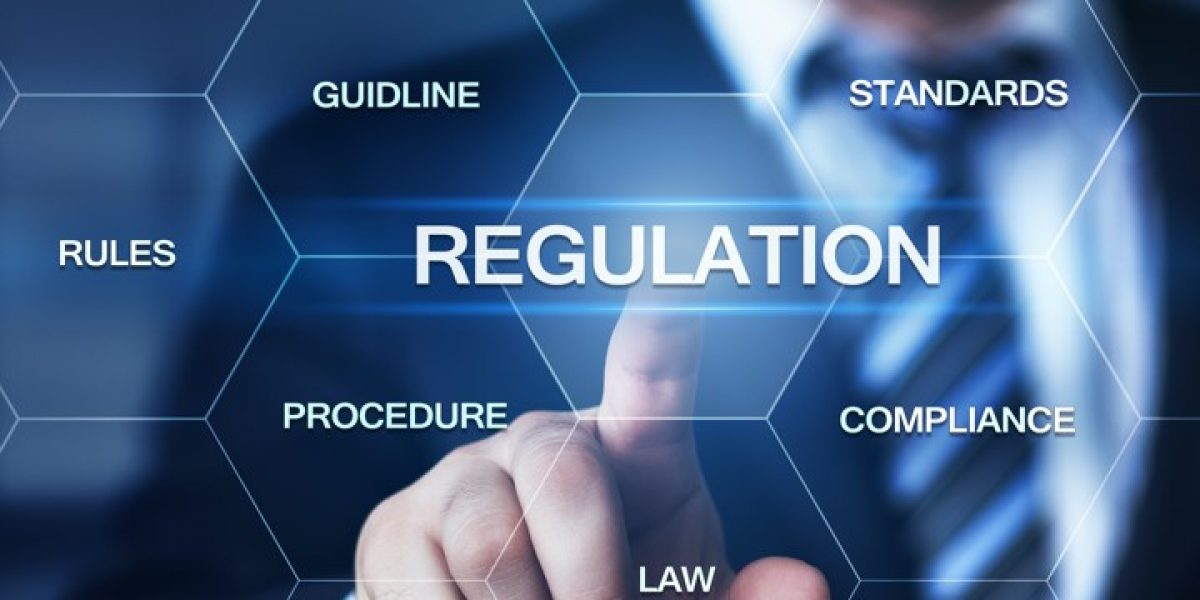The audit industry’s regulatory landscape is continually evolving. For auditors, keeping on top of this continuous change is a growing problem as the volume and update frequency increases year on year.
The ever-changing regulatory landscape creates business risks that must be carefully managed. Staying on top of the regulatory landscape is a “must-have” for the firm’s business.
Every regulatory change in the “outside world” can create knock-on changes in the “internal world,” ranging from audit manuals to policies and procedures through to staff training.
The volume combined with the continuous change means that audit firms must have comprehensive knowledge management systems to manage the problem effectively and efficiently.
Potential Challenges
The fast-evolving, ever-growing footprint of external professional guidance/regulations and legislation makes it difficult for auditors to be aware of changes that may impact the firm.
Once outside material has been internalized in the form of updated audit manuals, policies, and procedures, large firms face a significant challenge in operationalizing the changes. Differing accounting/auditing standards across jurisdictions, local language requirements, and locale-specific variations in internally created guidance need to be carefully managed and kept “in synch” at all times.
Internally created content often requires formal update cycles and rigorous audit trails for compliance, external audit, and litigation support purposes. This can be a time-consuming process unless the IT systems fully support it.
Auditors spend most of their time on client engagements and rightly view the audit software as their primary work tool. Switching to a different system to do audit guidance research has an associated switching-cost and is distracting to the auditor.
Auditors spend most of their time on client engagements and rightly view the audit software as their primary work tool. Switching to a different system to do audit guidance research has an associated switching-cost and is distracting to the auditor.
Most auditors would say that audit manual content’s ideal location is directly integrated into the audit package. This isn’t easy to do well unless the knowledge management system is designed to be integrated into audit packages.
Auditors are often challenged by the need to plan their work to points in time when guidance will have changed. Many basic knowledge management systems inherit the paper-centric concept of a single out publication. In reality, multiple potential versions -including future versions – are of interest to the auditor at any given moment in time. This can be very problematic unless the knowledge management system is designed to support it.
Because audit work, compliance, and litigation support are typically looking backward to previous points in time, it can be a challenge for auditors to figure out what their internal materials and the external guidance/regulation looked like then.
This can result in significant volumes of discovery work piecing together historical material from backups unless the knowledge management system is designed to support it.
How can Propylon help?
The TimeArc solution has been designed from the ground-up to address these challenges. It is the only solution on the market architected to meet the needs of even the most rigorous formal content management, update cycles, and publishing cycles found in legislatures/parliaments and regulators. TimeArc is, first and foremost, a regulatory change management solution that can:
- Detect changes in the regulatory landscape and assess the changes with comprehensive change analysis tools.
- Incorporate the changes into the internal content such as manuals and policies, facilitating the addition of local interpretation and language translation.
- Operationalize the business changes, automatically maintaining a full audit trail of the steps taken, change-by-change, moment-by-moment.
- Allow distributed teams to collaborate on content in a secure environment with comprehensive tools for creating, updating, and publishing content.
- Use a wide range of tooling to help editors view the impacts of changes and handle “knock-on” effects.
- Keep everybody in the loop with comprehensive alerting, reporting, and management dashboards.
- Provide extensive integration options, including the ability to operate as a “headless CMS,” facilitating integration into existing knowledge management systems, portals, audit systems, checklist systems etc.
- Manage multiple future releases/branches of content, allowing the firm to “get ahead” of the changes required by effective dates, for example.
- Offer state-of-the-art point in time capability for historical audits, compliance, and litigation support.

